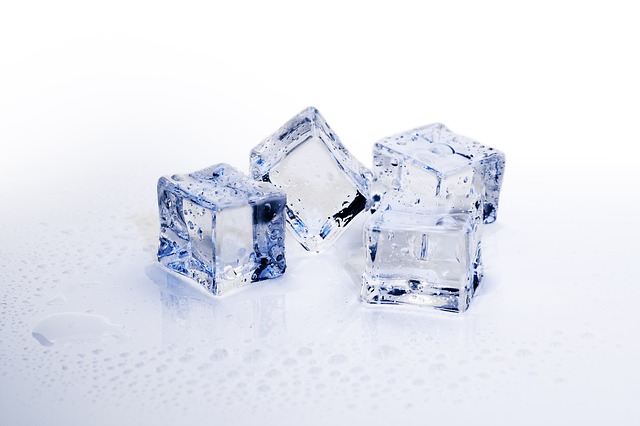| 10 minutes maximum! Can you do it in 5? |
Q1-3. The diagram show particles in 3 states of matter:
Yelod -
CC 3.0 |
1. Which of these diagrams shows the particles in a gas and a solid?
- A. 'X' shows a gas, 'Y' shows a solid.
- B. 'Y' shows a gas, 'X' shows a solid.
- C. 'Z' shows a gas, 'X' shows a solid.
- D. 'X' shows a gas, 'Z' shows a solid.
|
|
2. In which of these diagrams are the particles held in place, vibrating about a fixed point?
- A. Y only
- B. Z only
- C. X and Y
- D. Y and Z
|
|
3. When an ice cube melts, it changes from arrangement...
- A. Y to X.
- B. Z to X.
- C. Z to Y.
- D. Y to Z.
|
|
Q 4-7. These questions are about changes in state: |
 |
| 4. When ice turns from a solid to a liquid, it is
, |
| 5. A gas turning back into a liquid is
. |
| 6. When frozen CO2 (dry ice) turns directly to a gas it is
. |
| 7. When liquid wax turns back into a solid it is
. |
|
8. Which of the following states of matter have no fixed shape?
- A. Liquids and gases.
- B. Solids
- C. Liquids
- D. Gases
|
|
9-10. These balloons have air inside. The air is at room temperature.

|
Clker-Free-Vector-Images
Pixabay |
9. Which of the statements below best describes the air particles in the balloons?
- A. The particles are touching each other.
- B. The particles are widely spaced.
- C. The particles are held in a rigid shape.
- D. The particles are very close together but can slide past each other.
|
|
10. What prevents the balloons from collapsing inwards?
- A. The air particles are hitting the sides of the balloon hard, creating a force.
- B. The air particles are touching, and cannot be compressed.
- C. The air particles are vibrating, and pushing apart.
- D. The air particles stick together, and stick to the balloon.
|
|
|
